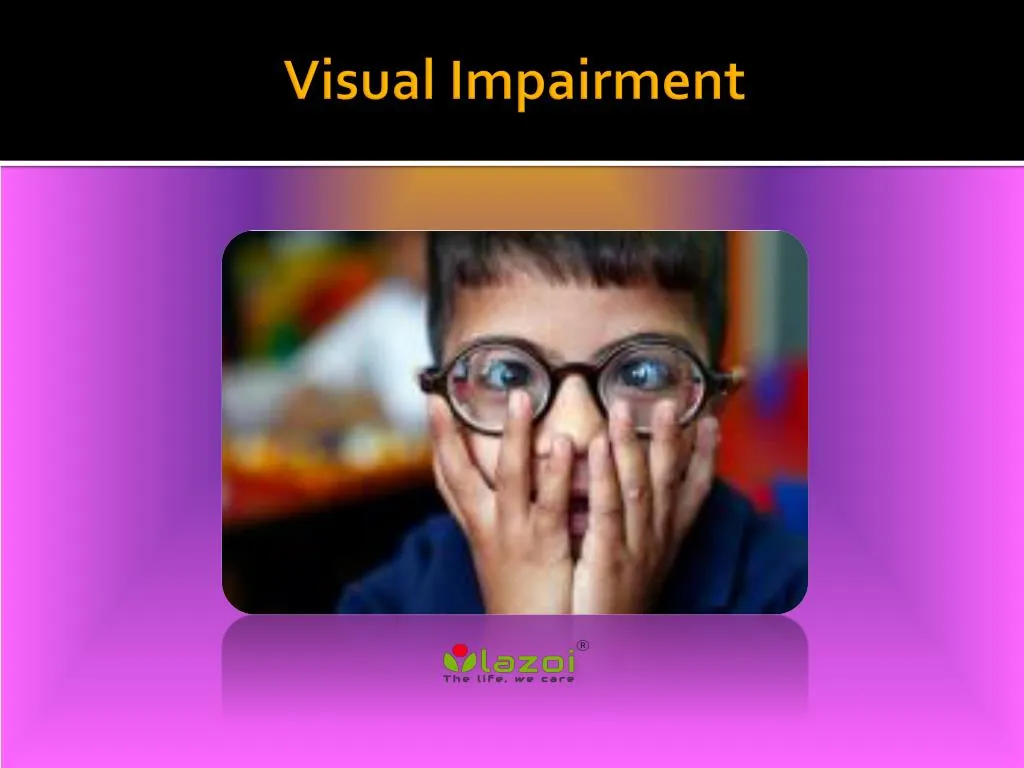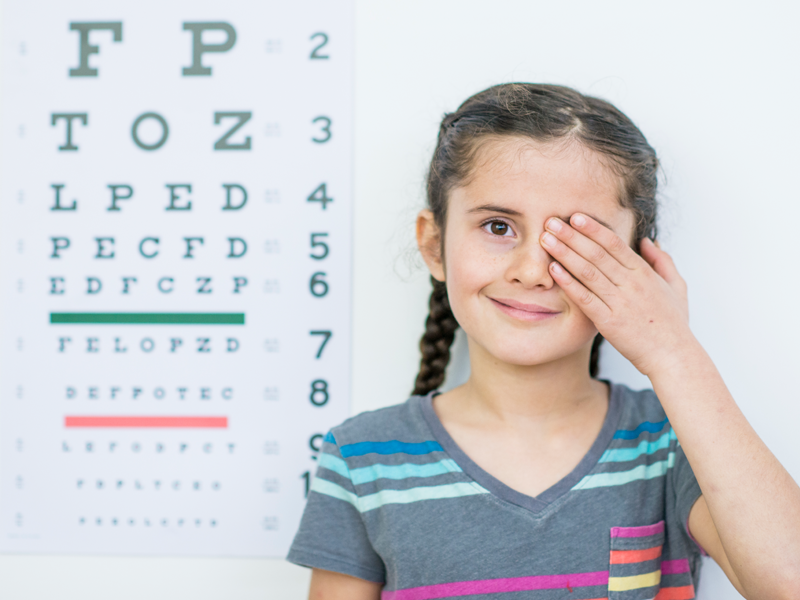


Visual attention has often been operationalised using MOT measures. We then increase the demands on executive control by adding a separate distracting task and assess how both groups respond to this dual task. We first establish and compare the baseline performance of adult monolinguals and bilinguals in this visual attention task. There is no variation in cues or response demands and so no differences in stimulus conflicts and decision criteria.
#Monolingual visually impaired trial
Moreover, from trial to trial, the procedure is the same. This task is different in that it requires continuous and dynamic attention-items change their location over time and thus, attention must be deployed continuously in order to keep the targets separate from the distractors. In the MOT, several items move randomly on the display screen and participants must attend to and track a specified set (the targets) while ignoring the rest (the distractors).

Here we aim at using a well-established visual attention task, the MOT task, that differs in important ways from previously studied tasks and that has never been used in research on bilingualism. Indeed, these tasks call on exactly those executive functions which have been postulated to be superior in bilinguals. In these studies, the attention tasks typically involve conflicting cues and rely on cognitive factors like response readiness and decision making. Moreover, bilinguals are quicker and more accurate at locating a target among distractors and are less influenced by conflicting information, leading Frisen, Latman, Calvo, and Bialystok 17 and Hernández, Costa, and Humphreys 18 to propose that bilinguals have superior visual attention skills particularly when attentional demand is high. In particular, adult bilinguals often show an advantage in visual attention tasks such as the Flanker and Simon tasks 2, 4 that have conflicting or facilitating cues and require rapid decisions. Across many studies, adults bilinguals are either better or no different at monitoring attention than monolinguals, certainly they are never worse 1, 2, 12, 13, 14, 15, 16.

Consistent with this claim, bilinguals show a different organization in the frontal areas (executive control networks) than monolinguals 5, 6, 7, and the onset of behavioral symptoms of neurodegenerative disorders are delayed for bilinguals compared to monolinguals 8, 9, 10, 11.Īdvantages of attention have been associated with these anatomical and neurological differences. We compare the performance of bilingual individuals to that of monolinguals on a classic test of visual attention, the multiple object tracking task (MOT), and examine how their performance is affected by distraction.Ĭonstant monitoring is required to operate adequately in two or more languages and it has been argued that these processing demands lead to an executive processing advantage in bilinguals 1, 2, 3, 4, 5 (we use the term “bilinguals” to refer to individuals who know two or more languages). In the present study, we ask whether engaging in this demanding skill affects visual tracking attention and its resistance to distraction. Communicating in several languages is often a necessity in today’s globalized world it represents a sophisticated exercise involving selecting one language, inhibiting others, and often switching from one to another.


 0 kommentar(er)
0 kommentar(er)
